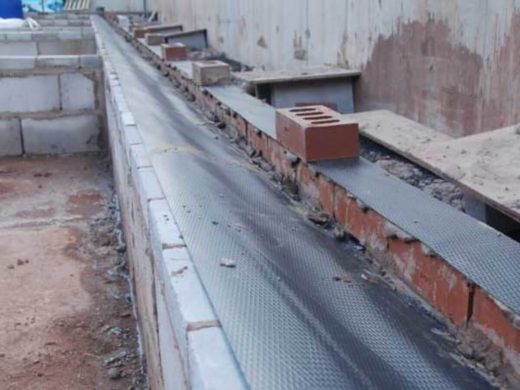
What is DPC?
The damp proof course (DPC), which limits the movement of moisture through walls and floors, is typically applied at basement levels.
Properties of Materials for DPC
The following qualities a good damp proofing material should have:
- It ought to be resistant. It should be strong and resilient, able to withstand both live and dead loads without breaking.
- A dimensionally stable behavior is expected.
- Deliquescent salts like sulphates, chlorides, and nitrates should not be present.
Types of Materials for Damp Proof Course
The following three categories can be used to categorize the materials frequently used to measure dampness:
- Materials that are flexible include polythene sheets, bitumen felts (which may be made of hessian, fibre, or glass fibre), and plastic sheeting.
- Materials such as mastic, asphalt, or a combination of materials or layers are examples of semi-rigid materials.
- Materials that are rigid include premium bricks, stones, slate, cement concrete, etc.
Methods of Damp Proof Course Installation in Construction
The following general guidelines should be followed when laying a damp proof course:
- The DPC should extend to the entire wall thickness, excluding the rendering.
- The mortar bed should be level, even, and free of projections before the DPC is laid on it. Damage to DPC is likely to result from an uneven base.
- Before the treatment, a cement concrete fillet with a radius of 75mm should be provided at the junction where a horizontal DPC is to be continued up a vertical face.
- To ensure a complete and continuous barrier to the passage of water from floors, walls, or roofs, each DPC should be positioned in the proper relationship to other DPCs.


